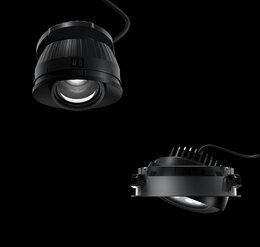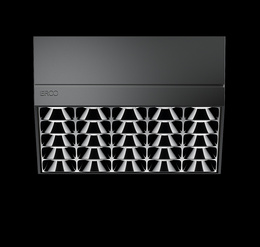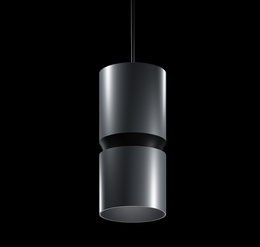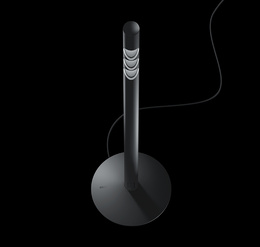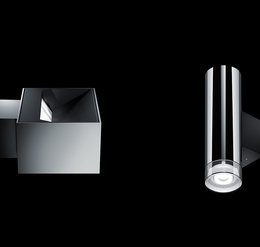Perfect showcase lighting in 5 steps
We demonstrate how to create a perfect lighting scenario in 5 steps, and what you should pay attention to if you wish to illuminate sensitive exhibits in showcases.

1. Selecting the right showcase luminaires
Opt for showcase luminaires with a discreet design and compact luminaire dimensions. The exhibits should be in the foreground whilst the luminaires inconspicuously remain in the background. Showcase luminaires with LED technology are long-lasting and with low maintenance, meaning that the showcases do not need to be regularly opened. To create a high-quality overall impression, the showcase lighting should fulfil at least the same lighting quality requirements as the rest of the exhibition lighting.














